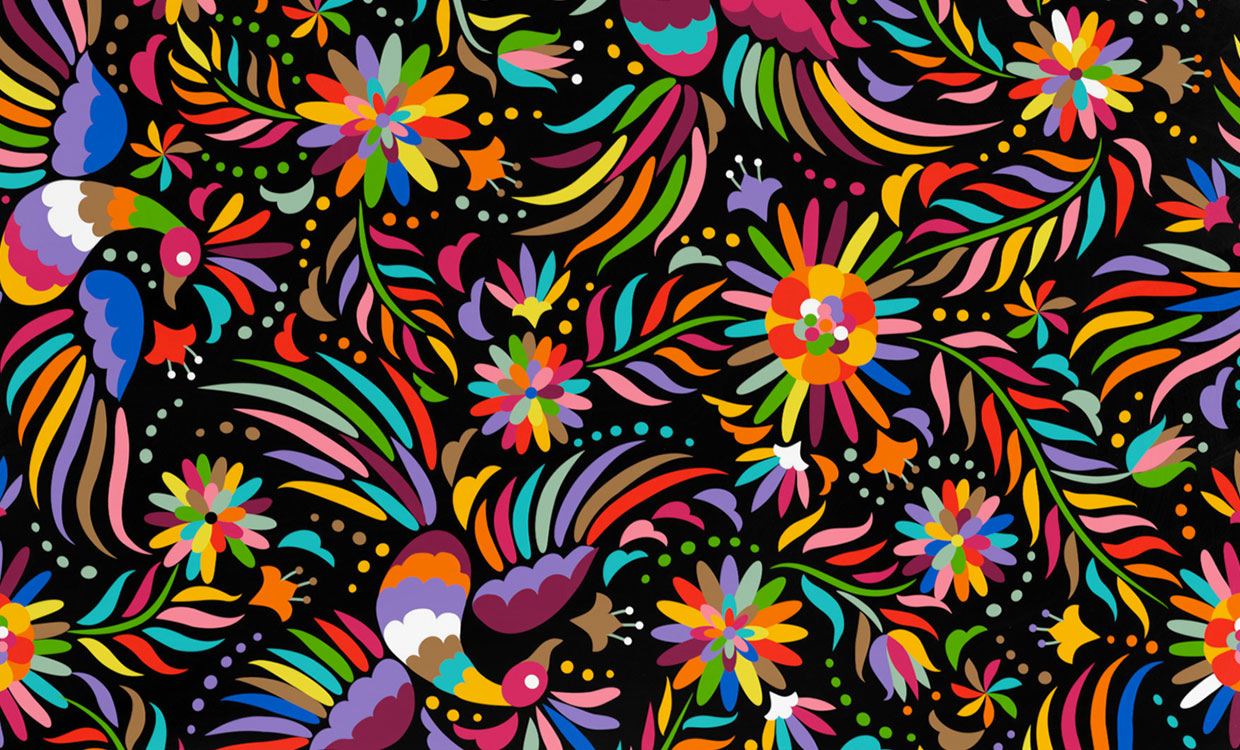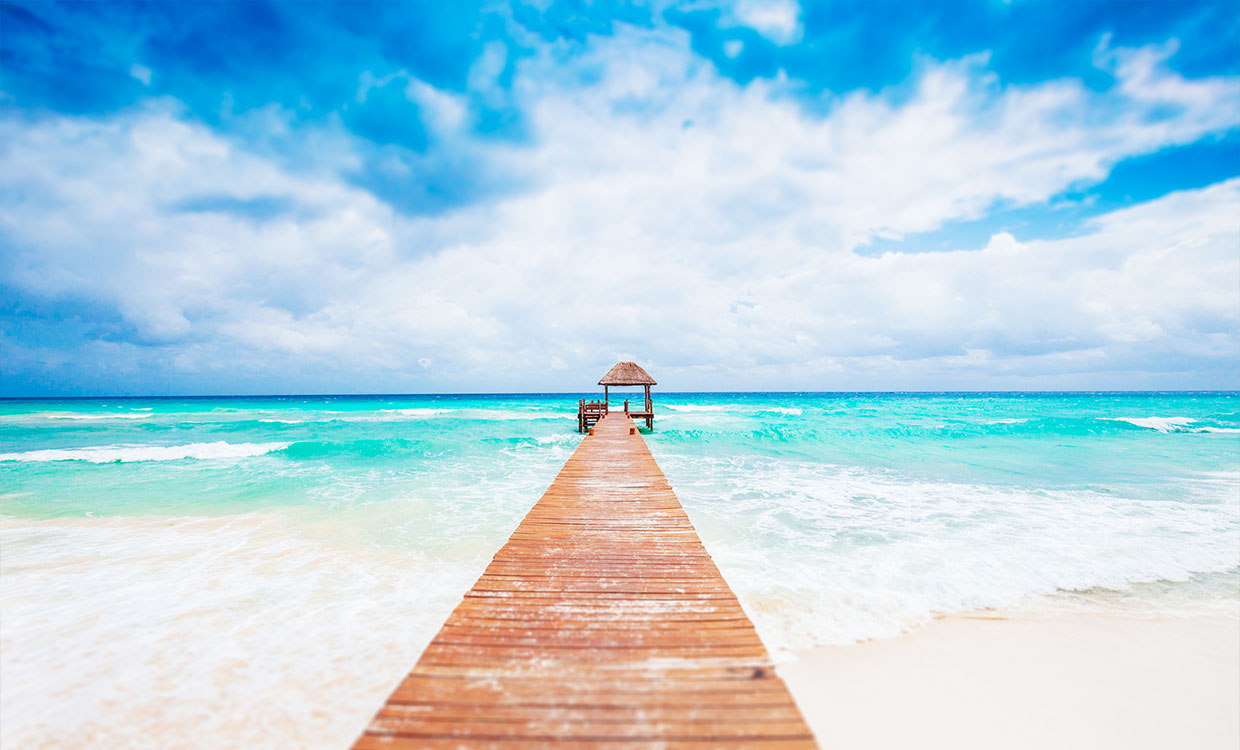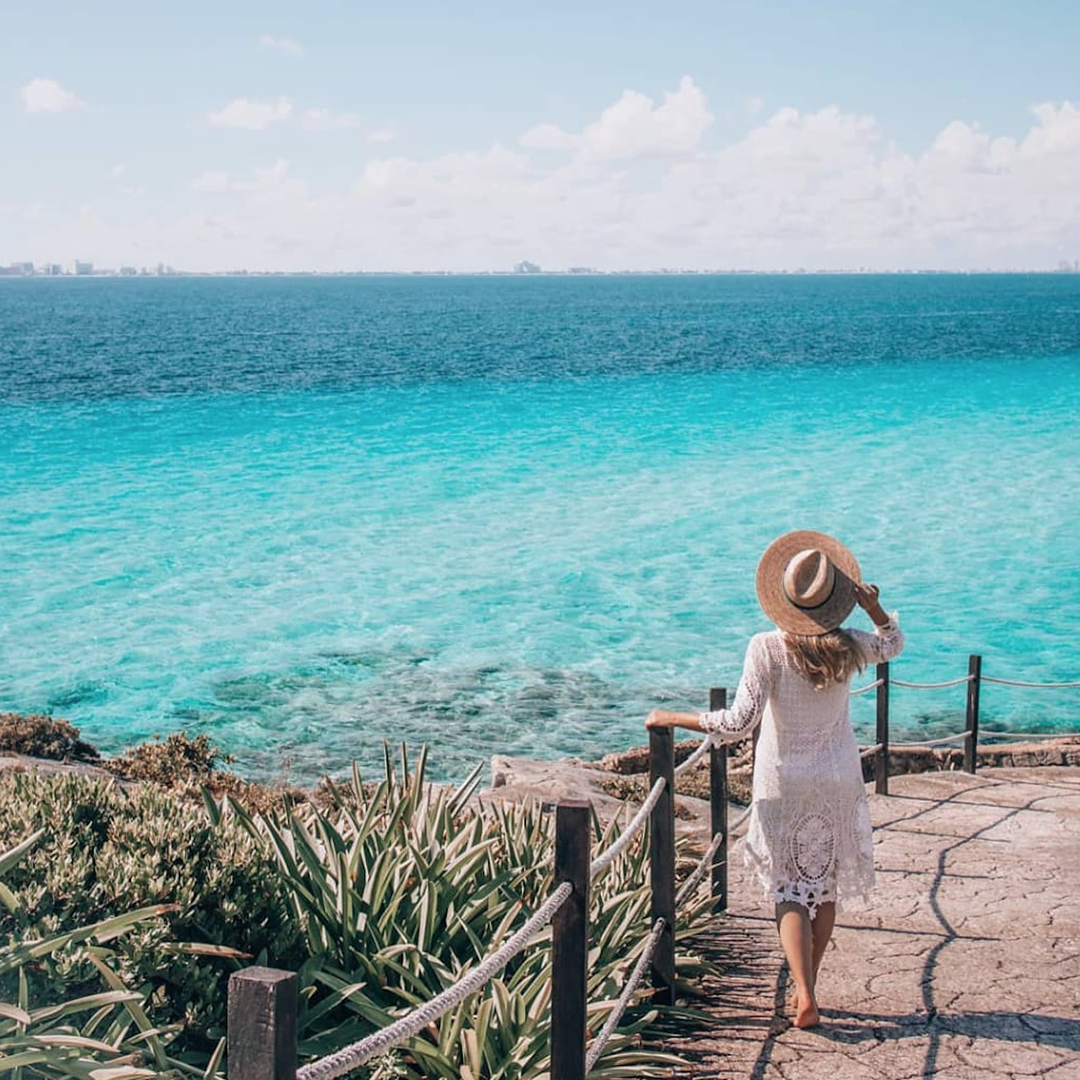
CREATING PERFECT MOMENTS
Long Term

SELVANOVA RESIDENCIAL Apartment 2B AGF MEXICO PROPERTIES has an excellent choice of homes for you and your family. 3 bedroom apartments fully furnished and ready for you to live them to the fullest. Located in one of the most TOP residential areas of Playa del Carmen SELVANOVA RESIDENCIAL, just 10 minutes away from the beach and…

SELVANOVA RESIDENCIAL Playa del Carmen, Riviera Maya AGF MEXICO PROPERTIES has an excellent choice of homes for you and your family. 3 bedroom apartments fully furnished and ready for you to live them to the fullest. Located in one of the most TOP residential areas of Playa del Carmen SELVANOVA RESIDENCIA, just 10 minutes away from…
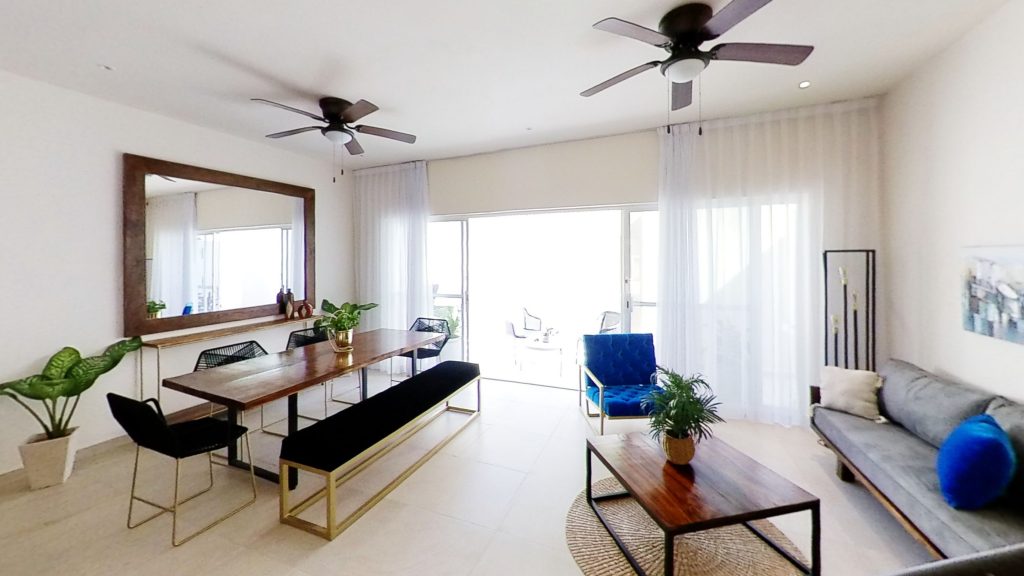
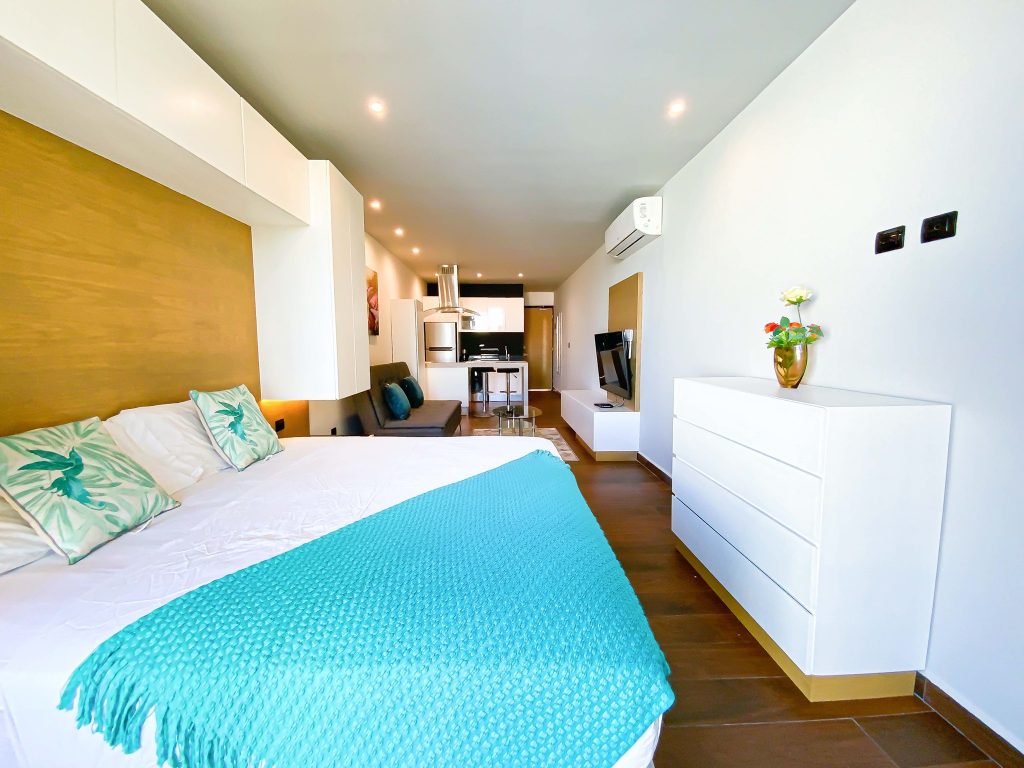
VEDRA CONDOS Playa del Carmen, Riviera Maya Vedra is located in downtown Playa del Carmen, where you will have access to everything you need, such as shopping centers, the fifth avenue, the beach. You will not need to spend large amounts of money on transport, instead you can visit more places in the Riviera Maya.…

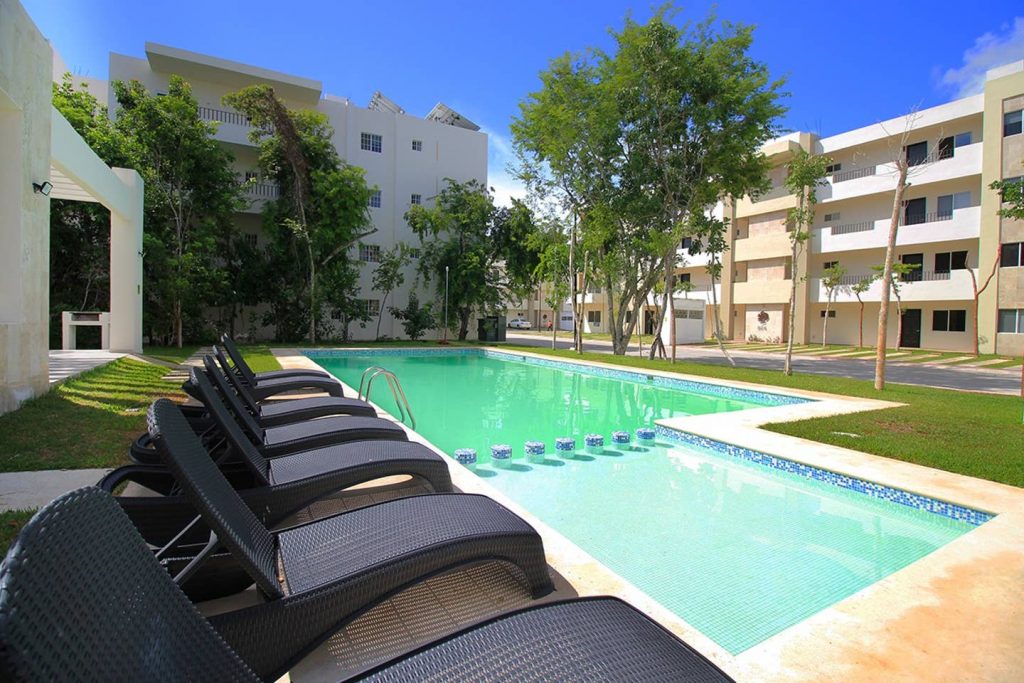
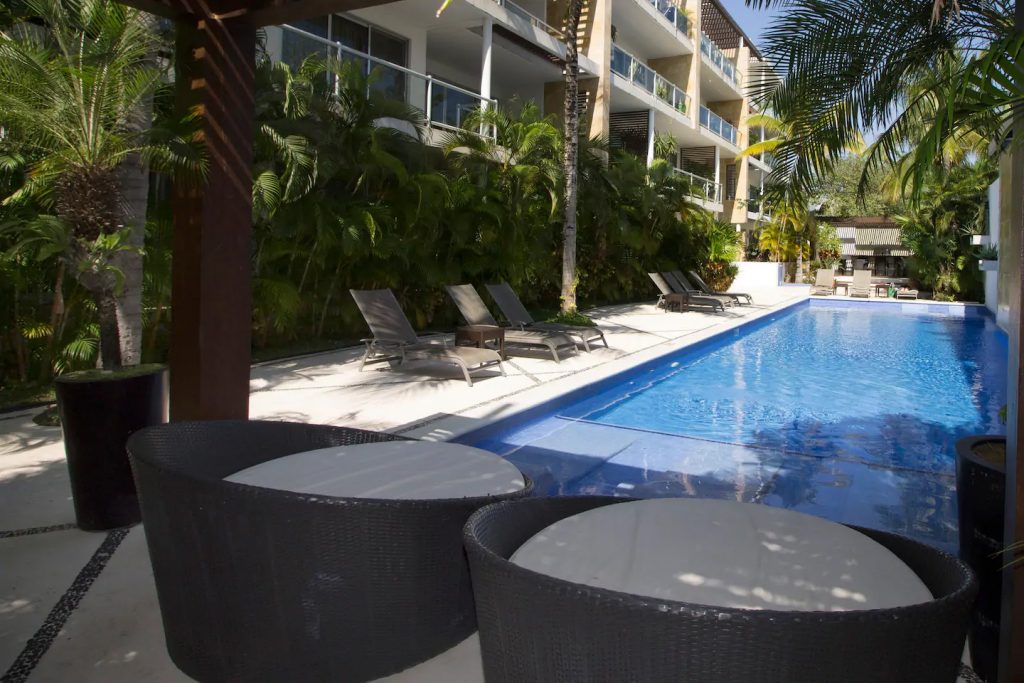
Ground floor 2-bedroom apartment (110 sq.m.) with private terrace and garden, located in the very heart of Playa del Carmen. Comfortable stay for up to 5 guests. MAIN AMENITIES • Bedrooms: 2 • Bathrooms: 2 • Max. Guests: 5 • Beds: 2 (King-Size) + 1 Sofa • Area: 110 sq.m. OTHER AMENITIES Kitchen (fully equipped),…
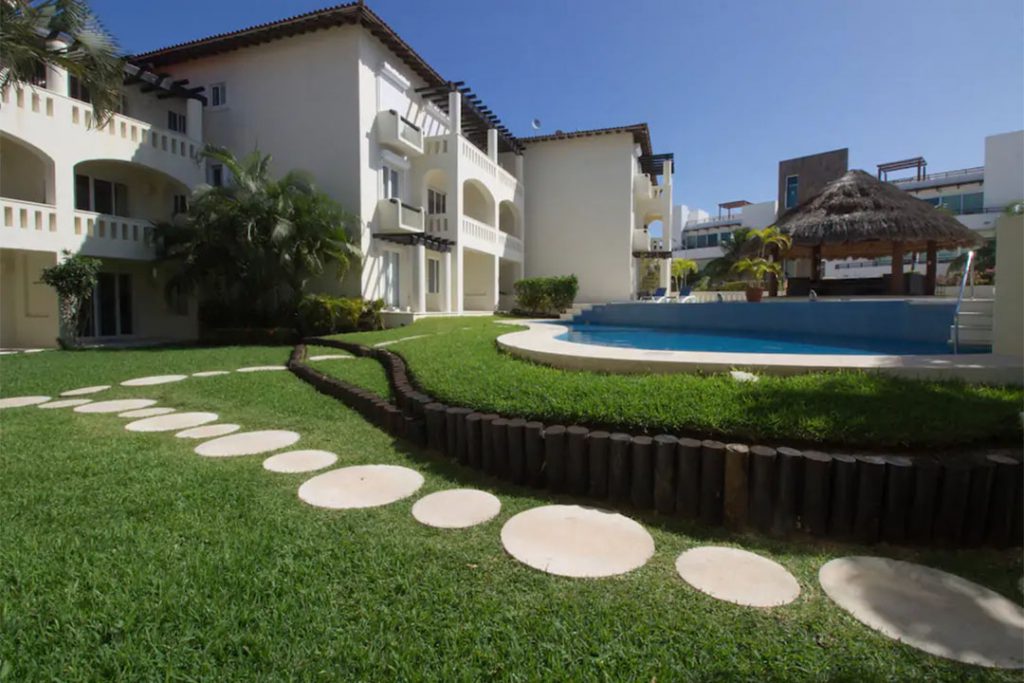
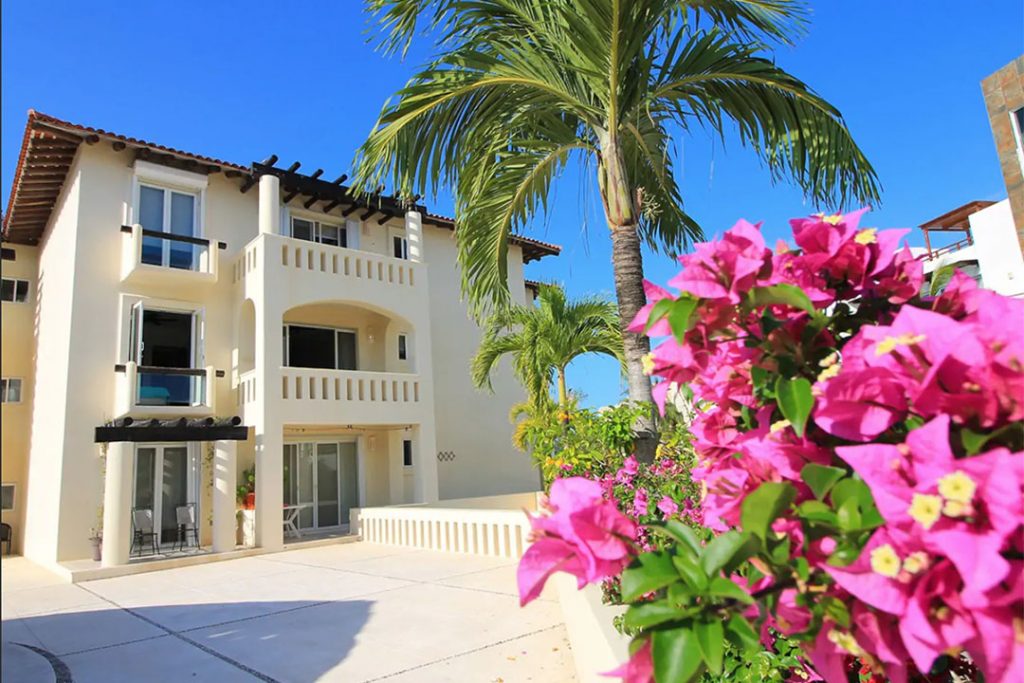
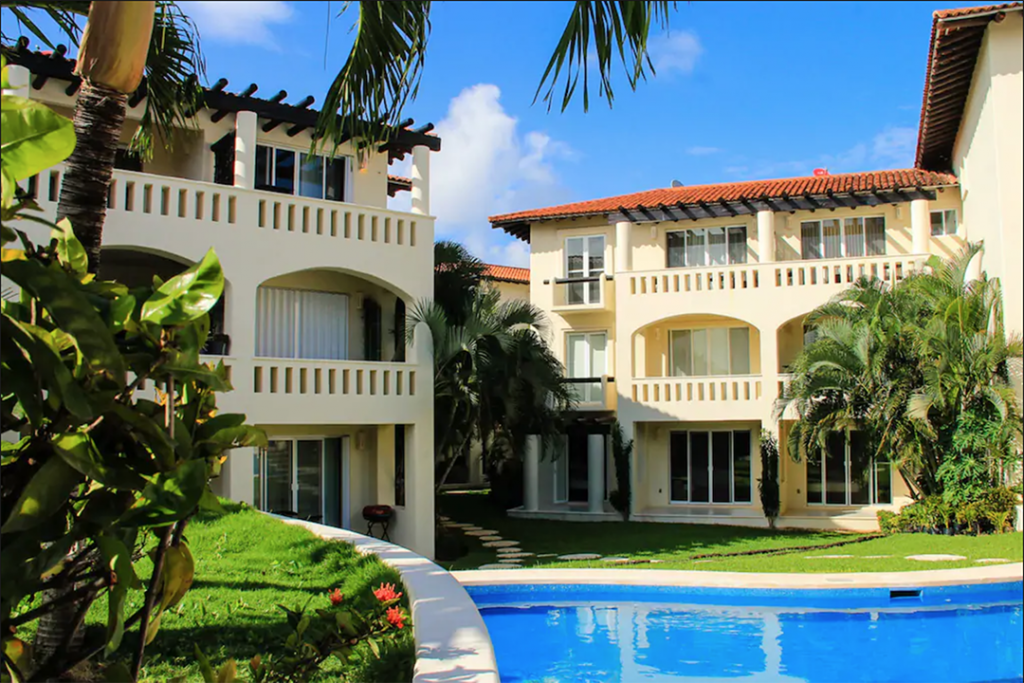
2-bedroom apartment (110 sq.m.) with balcony facing the garden, located in the Downtown of Playa del Carmen, just 1 block away from the beach. Comfortable stay for up to 5 guests. MAIN AMENITIES Bedrooms: 2 Bathrooms: 2 Max. Guests: 5 Beds: 3 (1 King-Size bed and 2 Single beds) + 1 sofa in the living…
Riviera Maya
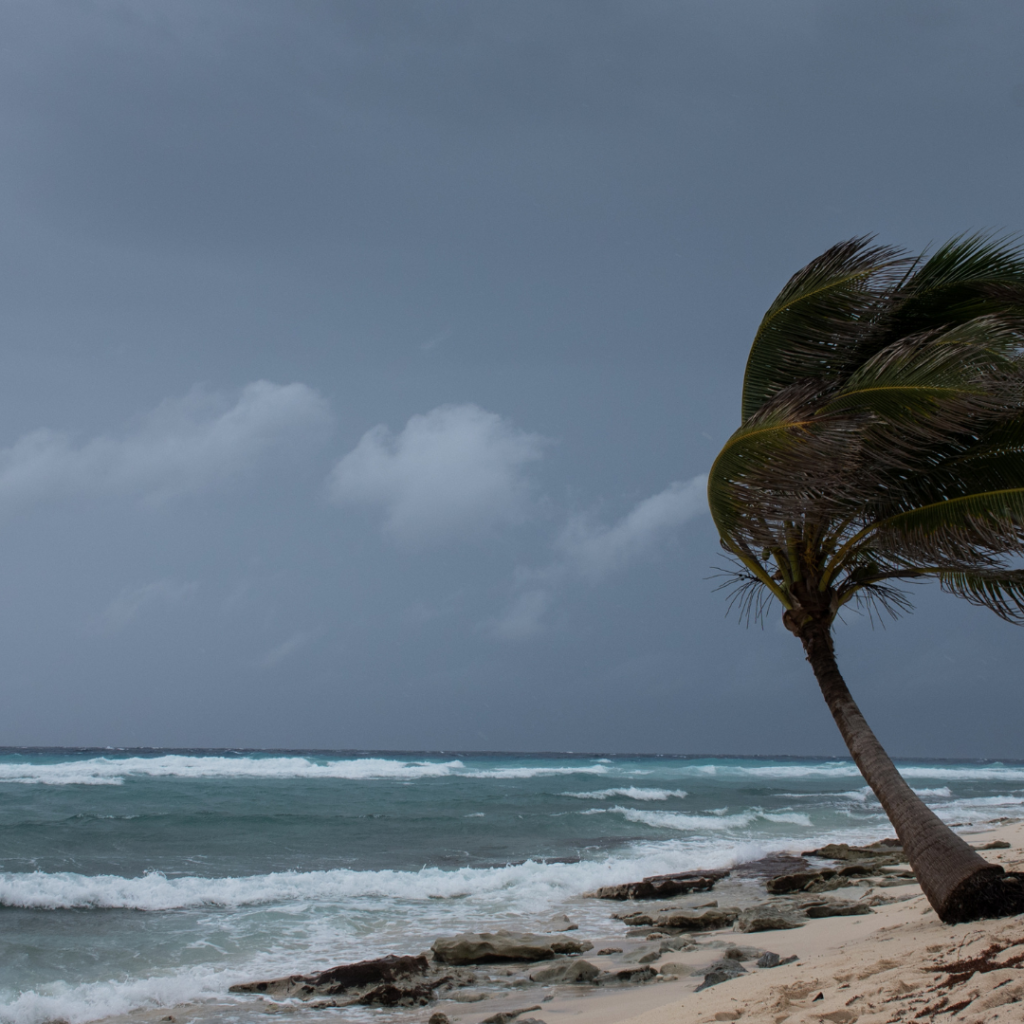
The best way to deal with them is not to run away from them, but to prepare yourself. Follow the specialized sites. And where truthful and accurate information is shared. Our favorites to monitor the season are: Windguru: This site presents an estimate for up to two weeks and frequently updated info based on currents…

AGF is pet friendly. Selvanova is pet friendly. Dogs are excellent companions and in Playa del Carmen, many are considered family. Family that you choose and that although other times they simply arrive, in the same way they give themselves to you. AGF Mexico Properties is pet-friendly and Selvanova as well. Therefore, we share tips…
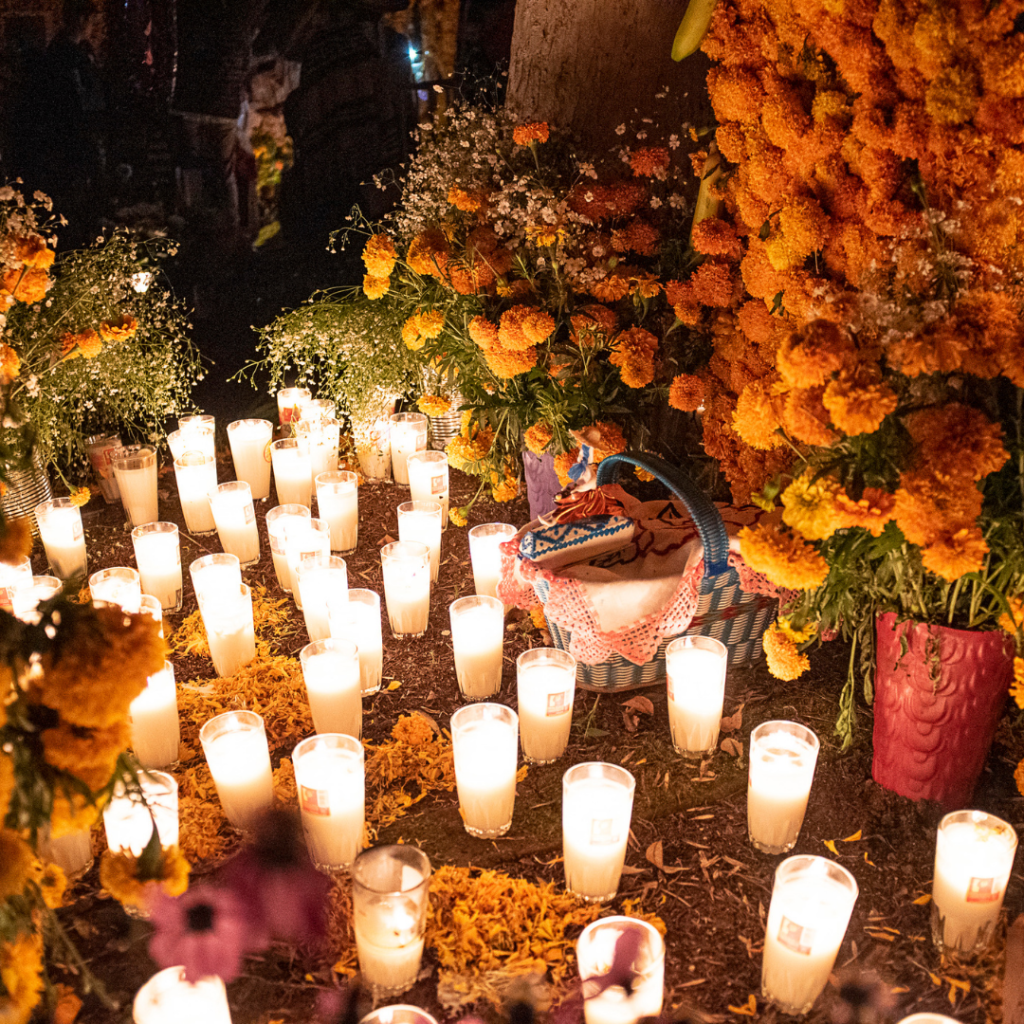
Day of the Dead, otherwise known as Día de los Muertos, is rather deceptively not a one-day, but a multi-day holiday celebrated annually in Mexico on the first two days of November. Principally a celebration of both life and death in which families commemorate their deceased loved ones, it finds its roots in Mesoamerican culture, although its…
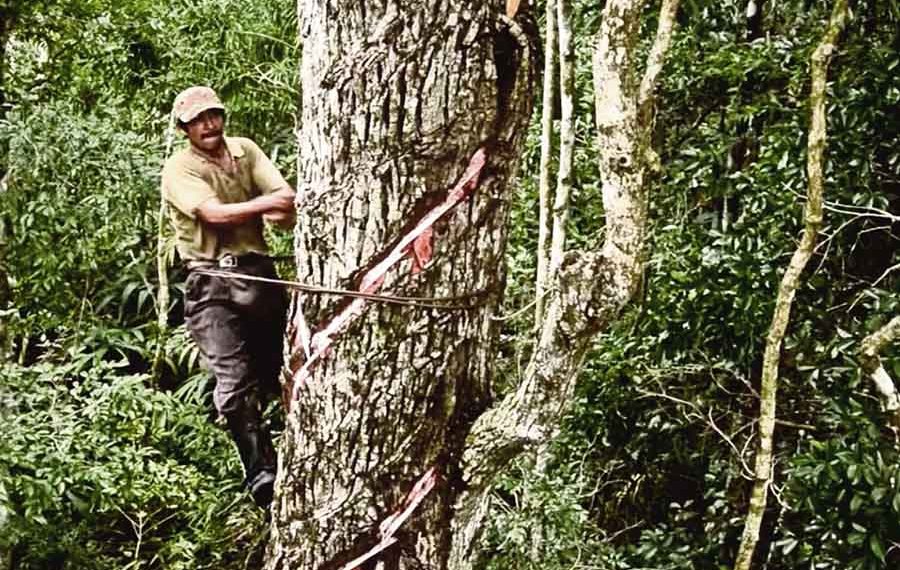
For many years, the jungle region of Quintana Roo, among other nearby territories, have been named chicleras zones, due to the large number of Zapote trees that exist and the over-exploitation that affected the area at the end of the 19th century. Chicle, which results from the dehydration of the resin of the chicozapote…
Interesting
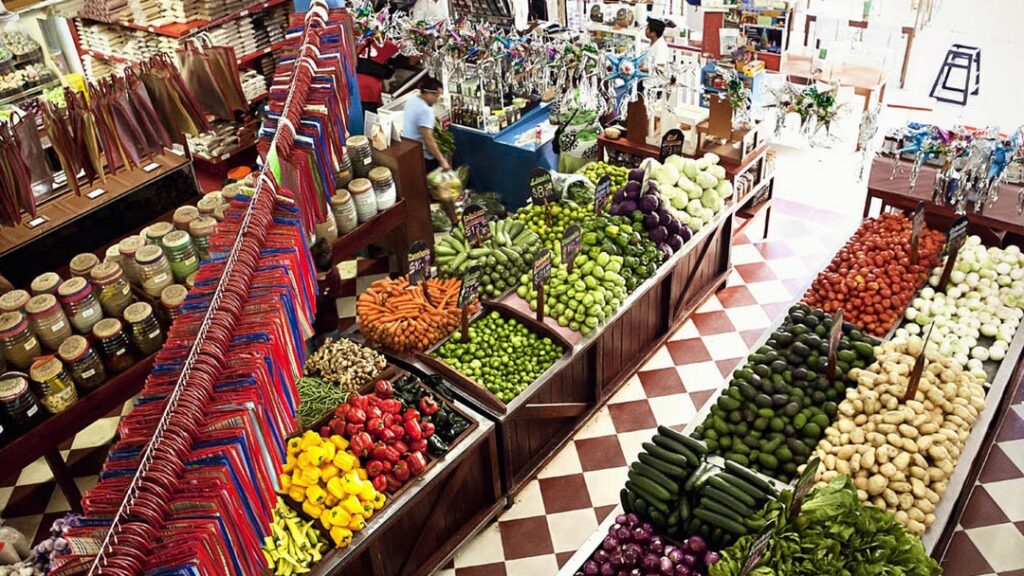
DAC Market is a great Playense treasure. Its beginnings date back almost 30 years ago, when there were no supermarkets in Playa and this place with the appearance of a local town market, nice details, quality vegetables and the super juices of the Nativo outside, offered locals and tourists in Playa del Carmen the services…

The Riviera Maya is a popular destination, and there are varied transportation options for everyone. If you found your Caribbean paradise with AGF, and you decide to be a local and live the beach life, then you might choose to have a Bici Playa membership and use the public bikes located around Playa, or buy…

CFE stands for Comisión Federal de Electricidad, which is the Federal Electricity Commission. Do you know what the DAC fee is? It is the rate that for its acronym represents high consumption domestic service. This rate is applied to services that allocate energy for exclusively domestic use, individually to each residence, apartment, condominium…
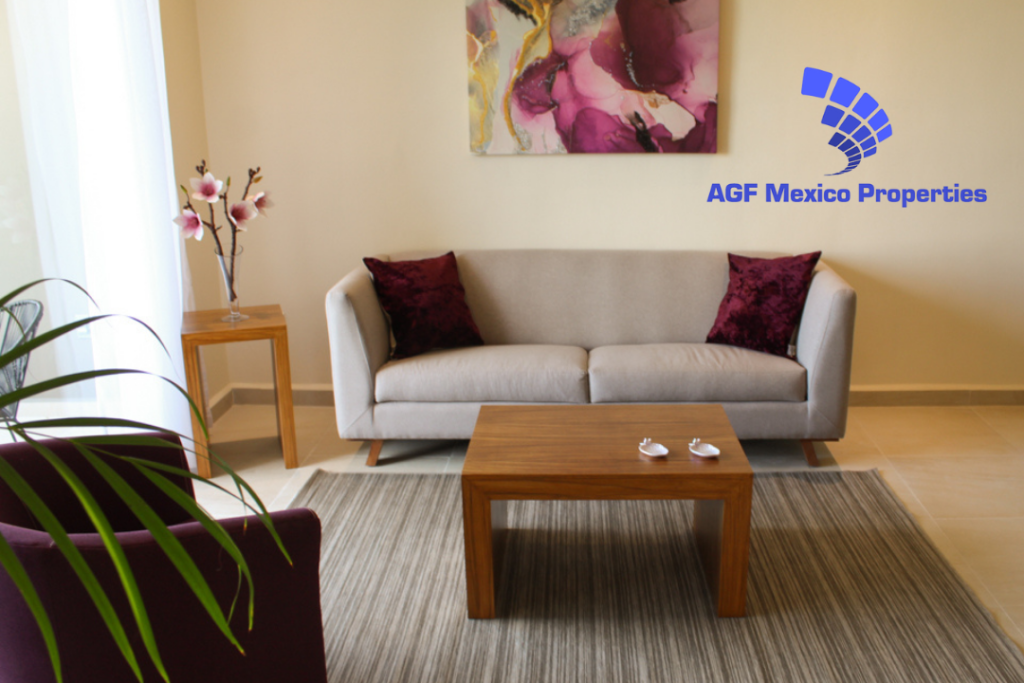
AGF's Selvanova properties are spacious and airy. At AGF México we rent homes, not apartments. Units have been decorated with special attention to detail, using patterns, shapes and colors that match your lifestyle. These are all ready to rent. Each department is different and you will have enough space to install your home office at…



